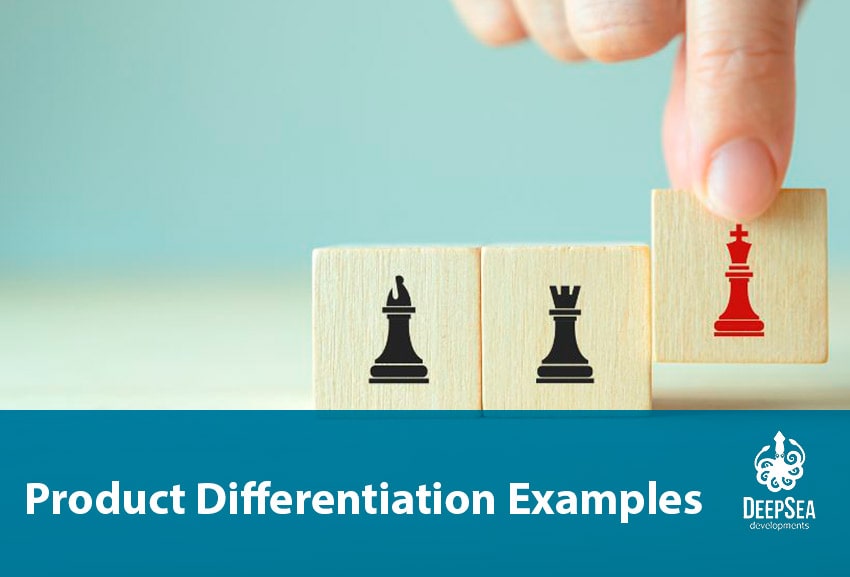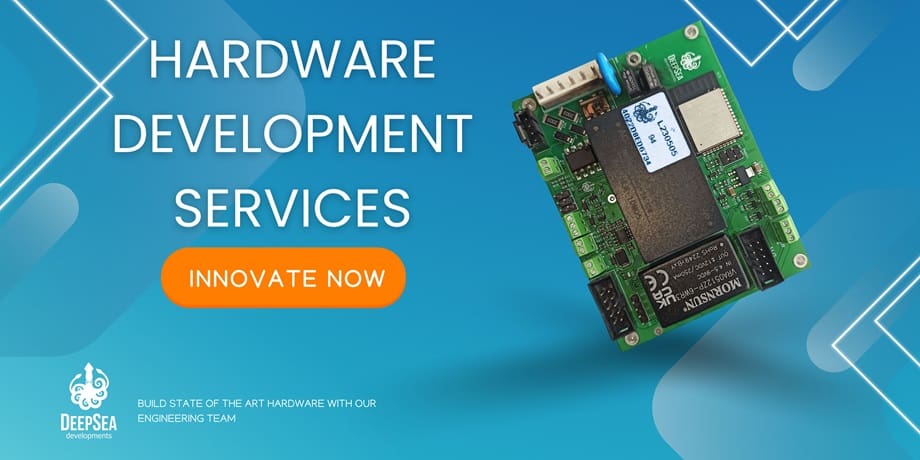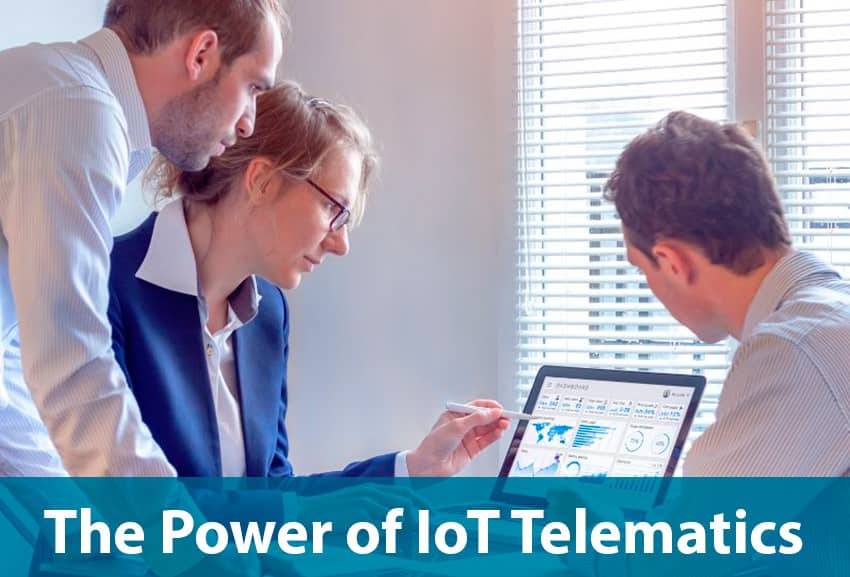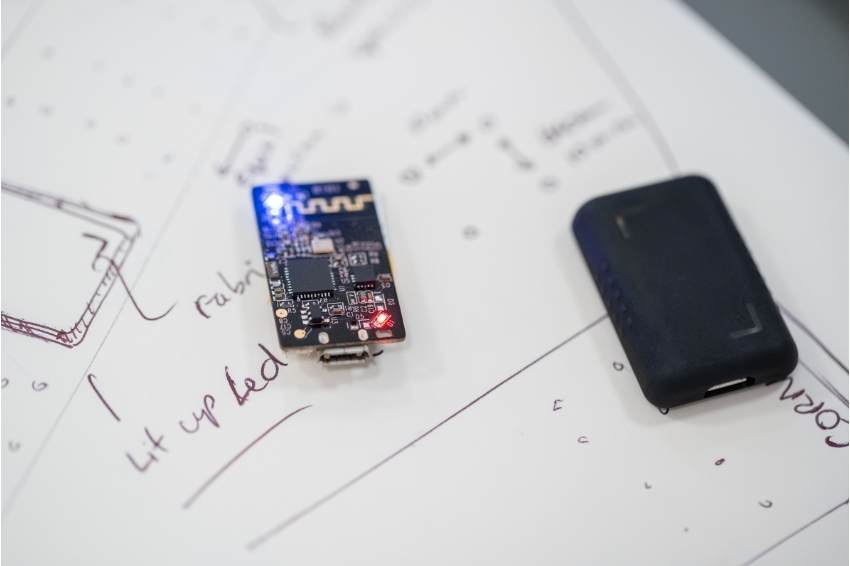If you are reading this article, you are probably wondering how to make your product different from the competition. With several devices and technologies entering the market, it is crucial to stand out and attract the right customers. That’s why we want to give you some product differentiation examples and recommendations to be successful with your product.
Meaning of product differentiation
Once you have investigated hardware development service, the budget you need, and the different IoT devices examples in the market, you may have realized there are some products that offer similar features or benefits.
And then you wonder, how can I make my product differentiate from others? We can explain product differentiation in a few words, give your customers what they want, and exceed their expectations.
Standing out from the crowd is essential for success. And we may have similar needs, but it is your vision and your product which will offer something extra to convince people to buy from you.
Who is responsible for product differentiation?
This is a question we often get from our customers when they come to us with just an idea or an advanced prototype. We always say that there are several aspects involved; being the most important design thinking for entrepreneurs, which values centering all the product vision on understanding the pain points of the clients and how to solve their needs.
Also, to build differentiated products, it is crucial to foster a maker culture within the company, create a good IoT marketing strategy and pay special attention to hardware product management, which will ensure a good engineering process, alignment with customer needs, risk mitigation, and proper resource allocation.
Of course, this can’t be done without a good idea to begin with, but this is a way to know where to start.
Examples of product differentiation
Let’s cut to the chase, and explore the different examples that you could analyze and get the best insights for your project:
Nike: Probably you have heard about Nike, and many other shoe brands. But, what makes them different? They differentiate their athletic footwear through cutting-edge technology, performance-enhancing features, and celebrity endorsements.
The brand’s focus on innovation, quality, and style sets its products apart in the highly competitive sportswear market.
Apple: There is always space to talk about Apple, since they have mastered product differentiation through their designs, user-friendly interfaces, and ecosystem of interconnected devices.
The sleek aesthetics, intuitive software, and exclusive features of Apple products differentiate them from competitors in the tech industry. Even though you can get other brands like Samsung, Xiaomi, Oppo, among others, Apple always offers a sense of exclusivity and quality; lately they have added privacy as part of their product differentiation strategy.
Tesla: Tesla revolutionized the automotive industry by differentiating its electric vehicles through advanced technology, long-range capabilities, and sustainable design. The brand’s commitment to innovation and environmental consciousness distinguishes it from traditional car manufacturers.
If you are for instance trying to get into the market of EVs, or EV chargers, think of solutions that can complement with ease with other brands. Not every EV charging device has compatibility with multiple cars, and this could be something that motivates people to get your product; interconnectivity among different platforms.
Ring video doorbell: Ring distinguishes its video doorbell by combining home security with convenience. Features such as motion detection, two-way audio, and cloud recording enable users to monitor their homes remotely and communicate with visitors in real-time.
Its easy installation and integration with other smart home devices make it a standout choice in the smart doorbell market. Who would have thought that there was plenty of innovation to be done in doorbell systems?
Wearables: On a more general level, there are several wearable IoT devices to choose from in the market. Whether you are a sports enthusiast or just curious about your health conditions, there are devices for every taste and age.
- Smartwatches
- Fitness bands
- GPS trackers
- Smart clothes
- Health monitoring devices
One thing in common is that these products count on an IoT temperature sensor to monitor the body temperature, however, every device in the market has its added features and technologies that make them different. Imagine offering Apps that let you analyze the data in a different way, or that suggest potential changes to your lifestyle and maintain good health.
Philips Hue Smart Lighting: This company differentiates its smart lighting products by offering a wide range of customizable options, including color-changing bulbs, dimmable lights, and preset lighting scenes.
Its intuitive app, compatibility with voice assistants, and ability to sync with music and movies enhance the ambiance of any space. With a focus on innovation and creativity, Philips Hue stands out in the smart lighting market.
DeepDeck
We recently built a macropad keyboard, and you may wonder, where is the product differentiation in a macropad, since there are many options in the market? Well, we focused on giving it a special added value, this product is open source. Which means the code is available for everyone to use and adapt.
With this product, we were able to reach early adopters and launch the product in a short period of time; we have sold this product in several countries and we plan to launch new products and add-ons.
Strategies for product differentiation
Finally, we want to finish this article by giving you some strategies to make your product different.
Identify Unique Selling Proposition (USP):
Determine what makes your product special and communicate it clearly to consumers. Whether it’s superior quality, innovative technology, or exceptional service, highlighting your USP helps differentiate your product in the market.
Focus on innovation:
Continuously innovate and improve your product to stay ahead of competitors. Invest in research and development to introduce new features, functionalities, or designs that address unmet customer needs and preferences.
Create brand identity:
Develop a strong brand identity that resonates with your target audience. Build brand recognition through consistent messaging, visual branding, and memorable experiences to differentiate your product from generic alternatives.
Offer customization:
Provide options for customization or personalization to cater to diverse customer preferences. Allowing customers to tailor the product to their individual needs enhances its perceived value and sets it apart from one-size-fits-all solutions.
Provide exceptional customer service:
Deliver exceptional customer service to create a positive brand experience and build customer loyalty. By exceeding expectations and cultivating meaningful relationships, you can differentiate your product based on the overall customer experience.
Emphasize sustainability:
Incorporate sustainable practices into your product design strategy, manufacturing, and packaging to appeal to eco-conscious consumers. Highlighting your commitment to environmental responsibility can differentiate your product and attract socially conscious customers. This is nowadays a key element in the market.
We recognize that making a product different requires good planning, an expert team, and a good vision. But if you take into account the examples and recommendations provided here, you will surely increase your chances of success in the market.
If you need help with checking your idea or product, click on the button below and schedule a free consultation with our team. Our professional engineers and proactivity will add value to your product and make it stand out.








